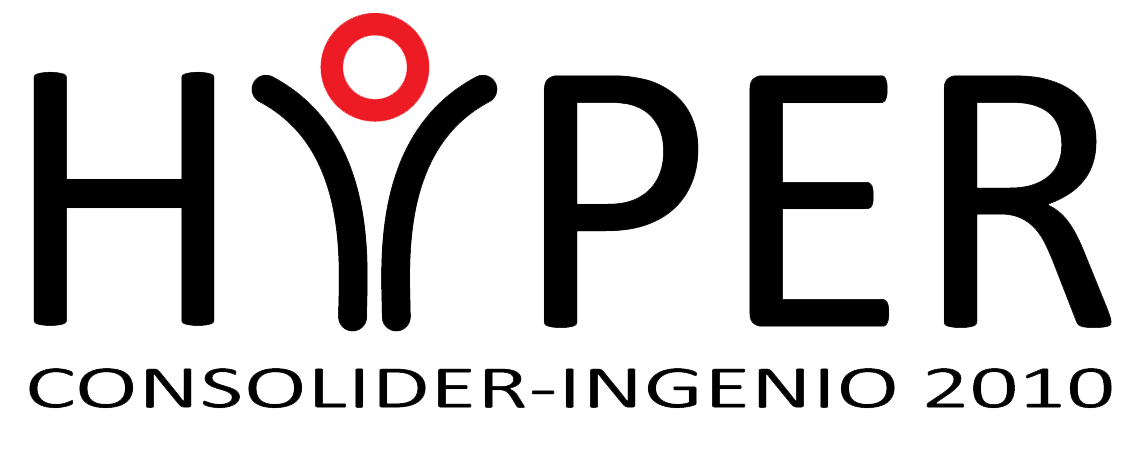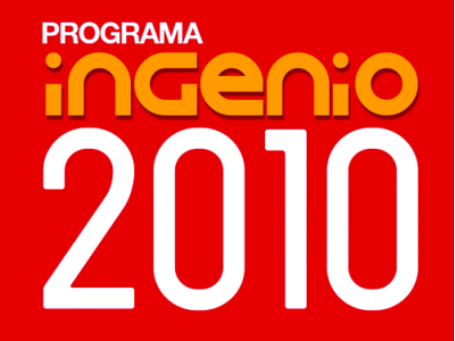Baiona (Spain), 14-19 September, 2014
WS5 - Musculoskeletal Modeling and Simulation of Human Movement
Human movement is the result of the coordinated activity of many muscles actuating multiple joints simultaneously and creating interaction forces with the environment. Motion analysis allows recording human movement at different levels including electromyography, foot-ground reaction forces, and body kinematics. However, the sole observation and analysis of this information provide a limited view of movement and does not allow establishing direct cause-effect relationships between the underlying neuromuscular mechanisms and the final observed motion. Neuromusculoskeletal modeling and simulation are promising tools for investigating the mechanisms underlying human movement (Reinbolt, Seth, & Delp, 2011).
References:
Reinbolt, J. a., Seth, A., & Delp, S. L. (2011). Simulation of human movement: applications using OpenSim. Procedia IUTAM, 2, 186–198. doi:10.1016/j.piutam.2011.04.019
Organizers
Massimo Sartori, University Medical Center Goettingen Massimo Sartori received his master degree in Computer Engineering and his PhD degree in Information and Communication Science and Technologies from the University of Padua, Italy in 2007 and 2011 respectively. During his PhD he was a visiting student at the School of Sport Science, Exercise and Health, University of Western Australia and at the Neuromuscular Biomechanics Laboratory, Stanford University. After a research period in 2011 at the Centre for Musculoskeletal Research at the Griffith University in Australia, Dr Sartori became a postdoctoral research scientist at the Department of Neurorehabilitation Engineering, University Medical Center Goettingen in Germany. Dr Sartori's expertise includes the development of methods for bridging between the neural and the functional understanding of human movement, and the translation of these to the development of advanced neurorehabilitation technologies. In 2014 Dr Sartori received a NCSRR OpenSim Fellowship. Please find more information at: http://www.massimosartori.net
Monica Reggiani, University of Padova. Monica Reggiani is an assistant professor of Computer Engineering at the University of Padua. Her researches range from robotics to biomechanics from human machine interface to mechatronics applications. Monica received her master's degree and PhD in Computer Engineering from the University of Parma, Italy and postdoctoral training from the Los Alamos National Laboratory, US and the University of Verona, Italy. She has been a visiting professor at the University of Applied Sciences Bonn-Rhein-Sieg, Germany and a visiting researcher at the University of Western Australia and at the Georg-August University, Germany. You can find additional information at: http://monicareggiani.net
Goals
In this hands-on workshop, participants will be introduced to the theory behind simulation of musculoskeletal movement in OpenSim, along with the framework of the software architecture and functions. Participants will learn create subject-specific musculoskeletal models, performing inverse kinematics and inverse dynamics simulations of movement, and deriving the underlying muscle dynamics. The workshop will teach how to use the OpenSim's graphical user interface and how to access the Opensim API through MATLAB for achieving efficient low level modeling tasks without requiring significant C++ programming skills.
Speakers
See above, same as organizers
Number of hours
Total 9 hours: 4,5 hours theoretical lessons & 4,5 hours practical hands-on exercises
Program
| Sept 15 | Sept 16 | Sept 18 | |
| 15.00-16.30 | welcome, goals, and laptop setup | theory of model building and simulation | individual work on simulation of human locomotion |
| 16.30-17.00 | Coffee break | ||
| 17.00-18.30 | introduction to neuromusculoskeletal modeling and OpenSim | individual work on simulation of human locomotion | individual work on simulation of human locomotion and closing remarks |
Expected audience
Researchers and engineers interested in modeling and simulating human movement and musculoskeletal system.
Previous knowledge
Basic knowledge of OpenSim and MATLAB scripting.
Topics in which the PhD students will get insight
Musculoskeletal and biomechanical analyses for investigating musculoskeletal function. Accessing OpenSim APIs through MATLAB for efficient low level modeling.
HW/SW that the participant need to bring/install
Laptop. Windows Operating System. Latest OpenSim release.






